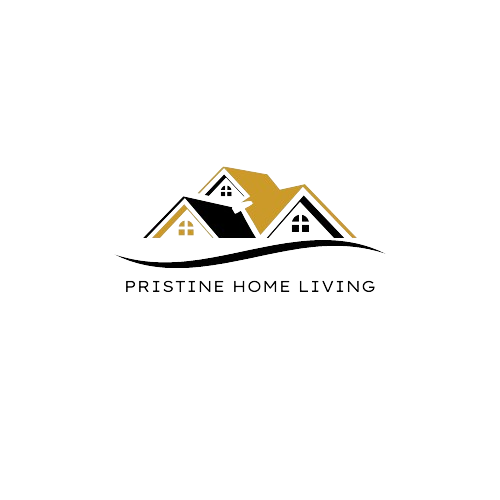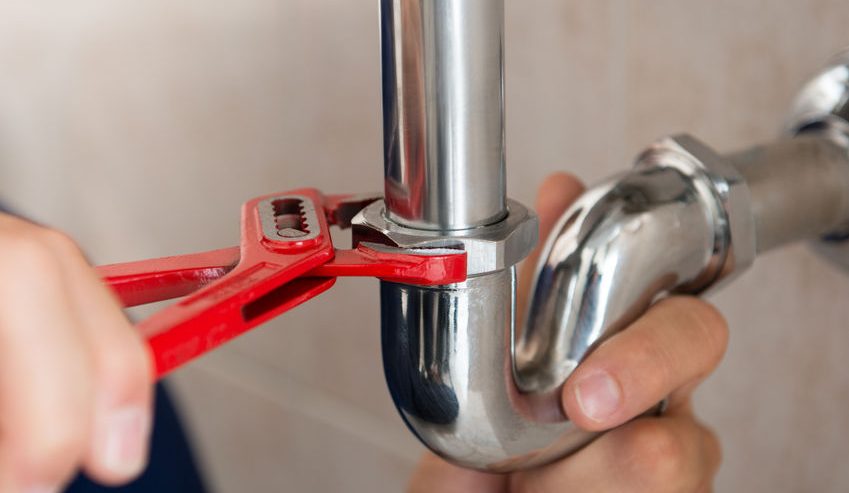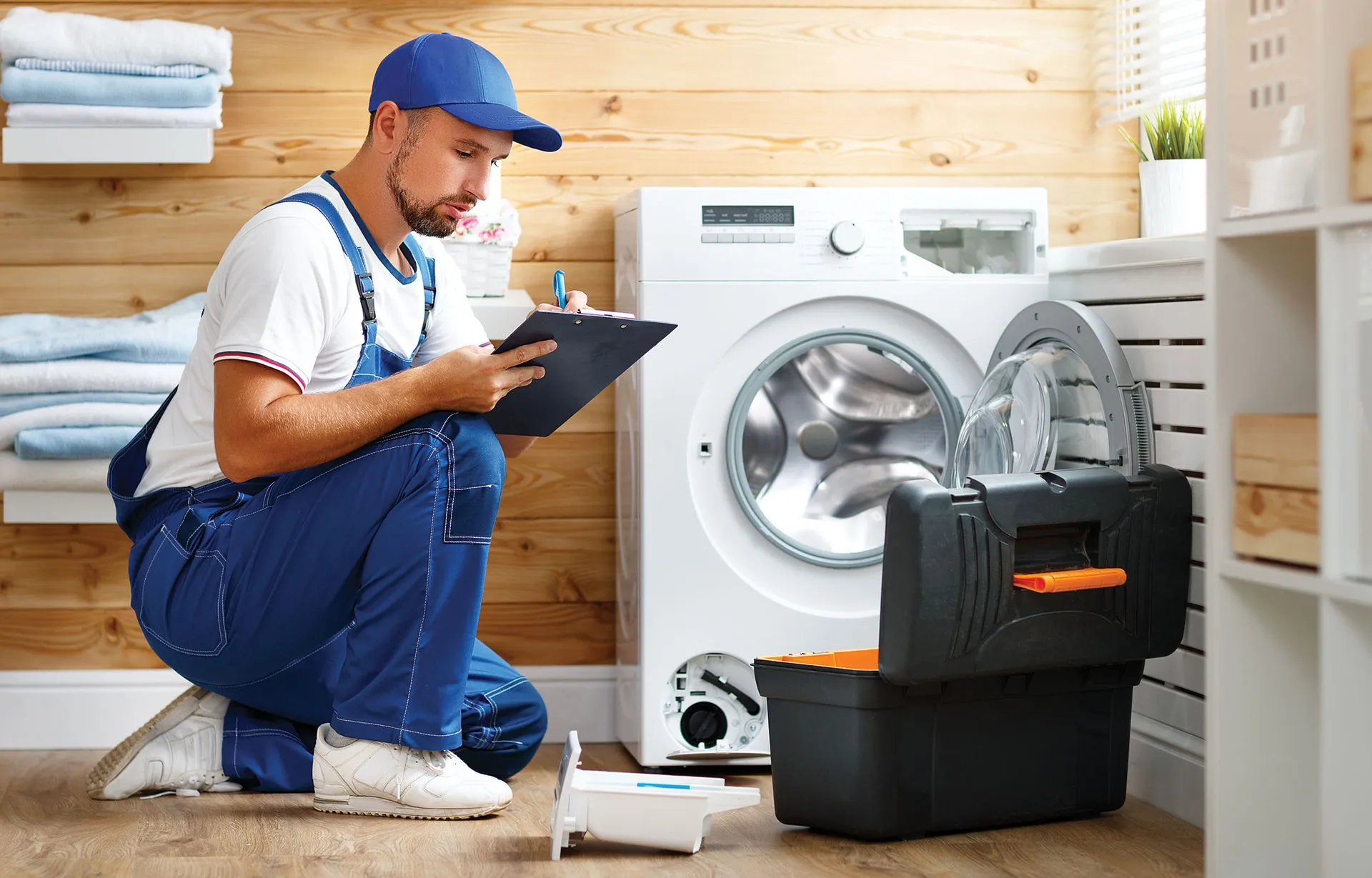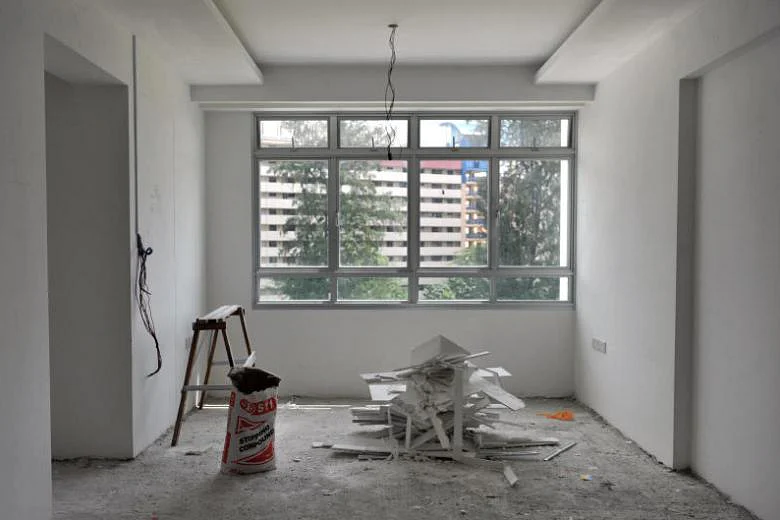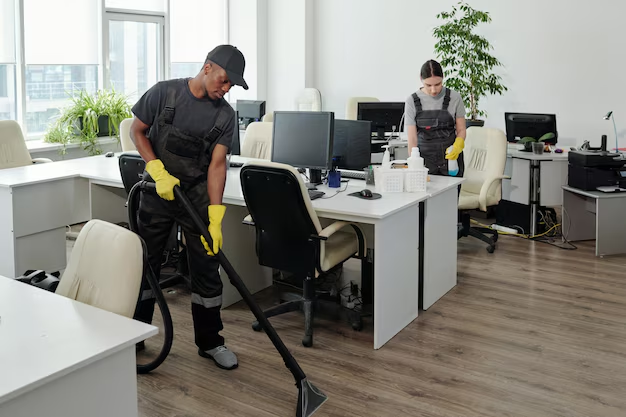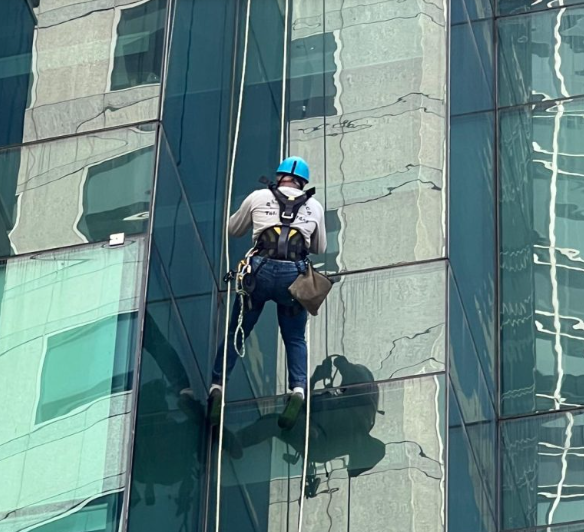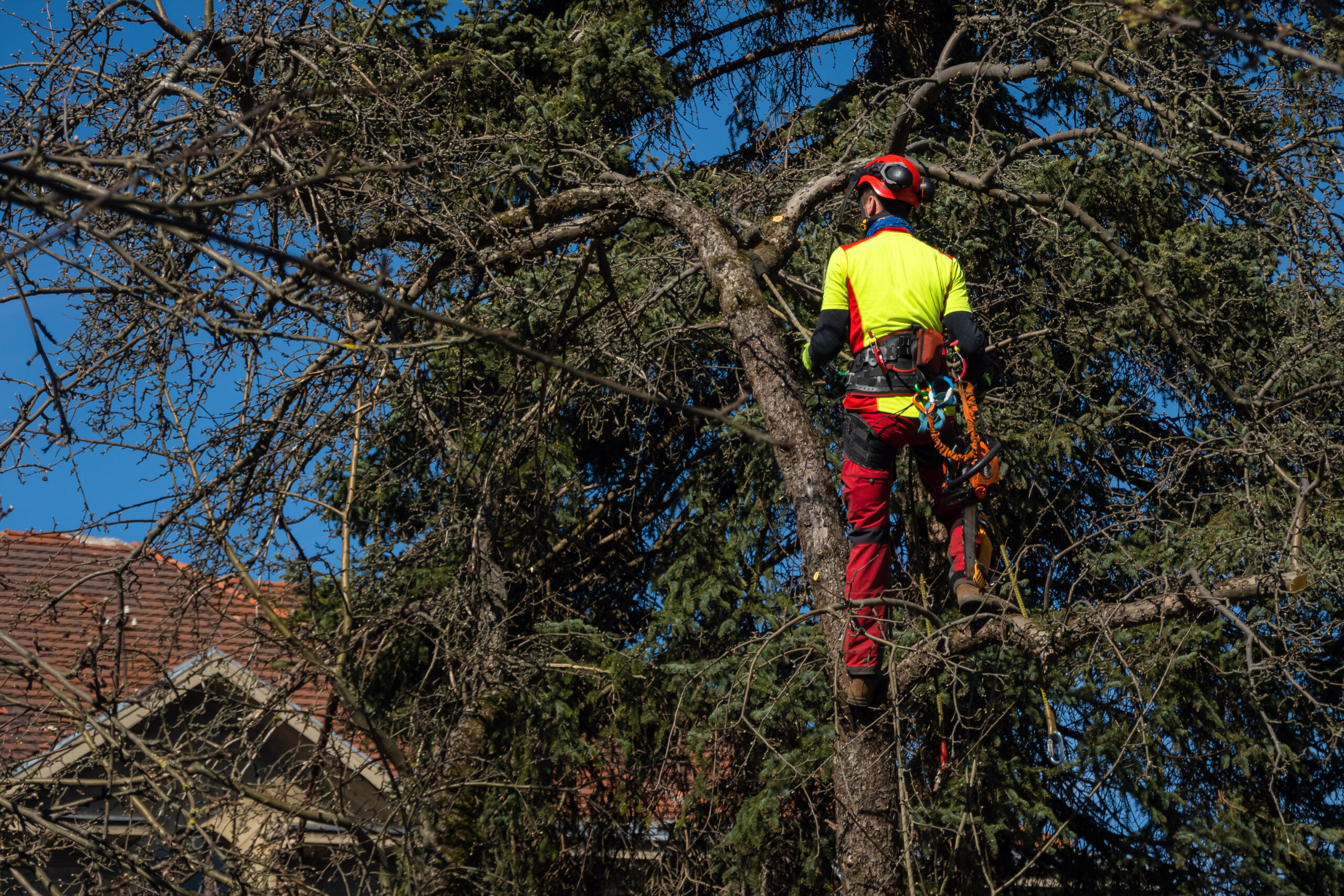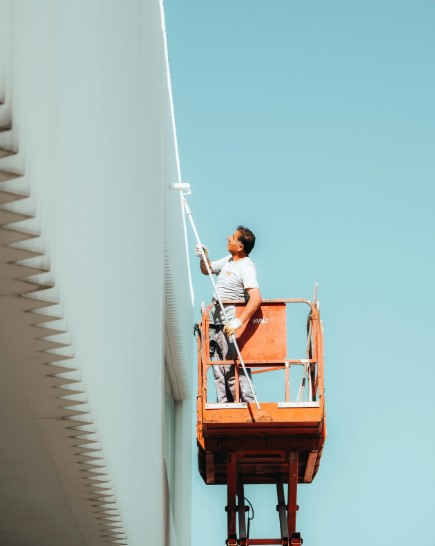Water leakage is a problem that can affect both residential and commercial properties, leading to extensive damage if left untreated. It occurs when water escapes from pipes, roofing systems, appliances, or structural areas, often silently damaging the property over time. Detecting and addressing water leaks promptly is essential for maintaining the safety, functionality, and value of a property. Water leakage not only causes structural damage but can also lead to mold growth, unpleasant odors, and elevated water bills. Homeowners and property managers must understand the sources of leaks, methods to repair them, and preventive strategies to safeguard their investments. Timely water leakage repair is critical to avoid costly repairs and health hazards that may arise from prolonged exposure to damp conditions. Recognizing the signs early can save thousands of dollars and prevent the deterioration of building materials.
Water leakage often begins subtly, making it challenging to detect until significant damage occurs. Common indicators include damp patches on walls or ceilings, discoloration, peeling paint, low water pressure, and unexplained puddles. Musty or moldy odors are also strong signs of hidden leaks. Inspecting key areas regularly, including basements, kitchens, bathrooms, and utility rooms, can help identify leaks before they worsen. Leaks may originate from aging pipes, loose fittings, cracked fixtures, or damaged roofs. Sometimes, leaks are hidden behind walls or under flooring, requiring specialized detection equipment such as moisture meters or infrared cameras. Regular monitoring of water bills can also signal leaks, as a sudden spike often points to water loss somewhere in the property.
Certain areas are more prone to water leakage, and understanding these zones can help prioritize inspections and maintenance. Plumbing systems, including pipes, faucets, and water heaters, are frequent culprits. Roofs, with damaged shingles or worn flashing, can allow rainwater to seep into attics or ceilings. Basements and foundations are vulnerable to water intrusion through cracks or improper drainage. Household appliances, such as dishwashers, washing machines, and air conditioners, can develop leaks over time. Plumbing fixtures like toilets, sinks, and showers may develop slow leaks that go unnoticed for months. Understanding these risk areas ensures targeted repair strategies and helps prevent future damage.
Water leakage repair can range from simple temporary fixes to extensive permanent solutions. Temporary fixes, such as sealants, tapes, and patch kits, are useful for minor leaks but should not replace professional repairs. Permanent solutions may include pipe replacement, roof repairs, foundation sealing, and waterproofing treatments. Modern technology has improved leak detection and repair accuracy, with tools like moisture meters, thermal imaging cameras, and smart water monitoring systems providing early warnings. Homeowners must know when to attempt a DIY repair and when to consult professionals to avoid further damage. Delaying repairs often escalates costs, making early intervention crucial. A comprehensive water leakage repair strategy considers both immediate needs and long-term protection against future leaks.
Preventing water leakage requires a proactive approach that combines routine maintenance, timely repairs, and strategic upgrades. Plumbing systems should be inspected for corrosion, loose fittings, and hidden cracks. Roofs and gutters need regular cleaning and repairs to prevent rainwater from entering the structure. Appliances should be checked for worn hoses, leaks, or faulty connections. Installing waterproofing layers in basements or areas prone to moisture adds an extra layer of protection. Seasonal inspections, particularly before heavy rainfall or winter months, help identify vulnerabilities in the property. Using corrosion-resistant pipes and high-quality materials reduces the likelihood of leaks developing. Preventive measures not only protect the property but also ensure the health and safety of occupants.
Water leakage repair costs vary depending on the severity, location, and materials involved. Minor leaks may require only a small patch or sealant, while major leaks often involve pipe replacement, structural repairs, or waterproofing installations. Labor costs, accessibility, and emergency services can also affect pricing. Budgeting for repairs and regular maintenance helps prevent surprise expenses. Investing in early detection devices or professional inspections can significantly reduce overall repair costs. Homeowners should also consider long-term solutions to prevent recurring issues, as repeated temporary fixes can become more expensive over time. Understanding the financial implications allows property owners to plan effectively and avoid emergencies.
Persistent water leaks pose health and safety risks that go beyond property damage. Mold and mildew thrive in damp environments, causing respiratory issues, allergies, and other health problems. Structural components such as walls, floors, and ceilings may weaken due to prolonged water exposure, leading to potential hazards. Slippery surfaces and electrical issues associated with leaks further increase the risk of accidents. Ensuring safety during inspections and repairs is essential, including turning off water supplies and using protective gear. Prompt repair of leaks protects both the occupants and the property itself. Awareness of these risks emphasizes the importance of timely and effective water leakage repair.
Choosing the right professional for water leakage repair ensures the job is done efficiently and effectively. Licensed plumbers and repair services offer experience, proper tools, and warranties for work performed. When selecting a service, homeowners should consider factors such as expertise, reputation, response time, and cost. Asking questions about materials, timelines, and guarantees provides clarity and builds confidence in the service. Professional inspections often uncover hidden leaks that may be missed during DIY assessments. Investing in reputable repair professionals minimizes the risk of repeated leaks and ensures long-term reliability. Partnering with skilled experts provides peace of mind and protects property investments.
Signs You Need Water Leakage Repair Immediately
- Damp or discolored walls and ceilings
- Low water pressure or unusual noises in pipes
- Mold or musty odors
- Pooling water around appliances or plumbing fixtures
- Cracks in foundations or exterior walls
- Visible roof damage or water stains in the attic
- Sudden increase in water bills
Frequently Asked Questions (FAQ)
How can I detect a hidden water leak in my home?
Hidden leaks can be detected using moisture meters, thermal imaging cameras, or by monitoring unusual increases in water bills. Regular inspection of walls, ceilings, and floors also helps identify problem areas.
Can small leaks cause major structural damage?
Yes. Even minor leaks, if left untreated, can weaken structural elements, promote mold growth, and result in costly repairs over time.
How long does a typical water leakage repair take?
Repair duration depends on the severity and location of the leak. Minor leaks may take a few hours, while major repairs, such as pipe replacement or roof restoration, can take several days.
Are there eco-friendly solutions for water leakage repair?
Yes. Using water-efficient plumbing materials, leak detection systems, and eco-friendly sealants can reduce environmental impact while maintaining property integrity.
When is it necessary to replace pipes instead of repairing them?
Pipe replacement is recommended when pipes are corroded, damaged extensively, or prone to repeated leaks that temporary repairs cannot fix.
Takeaway
Water leakage repair is essential for protecting property, ensuring occupant safety, and preventing costly damages. Recognizing the signs early, investing in proper maintenance, and engaging professional services when needed ensures long-term protection. Proactive measures, combined with modern detection and repair techniques, safeguard both the structure and the health of residents. Acting promptly on water leaks not only preserves the property’s value but also enhances peace of mind for homeowners and property managers alike.
